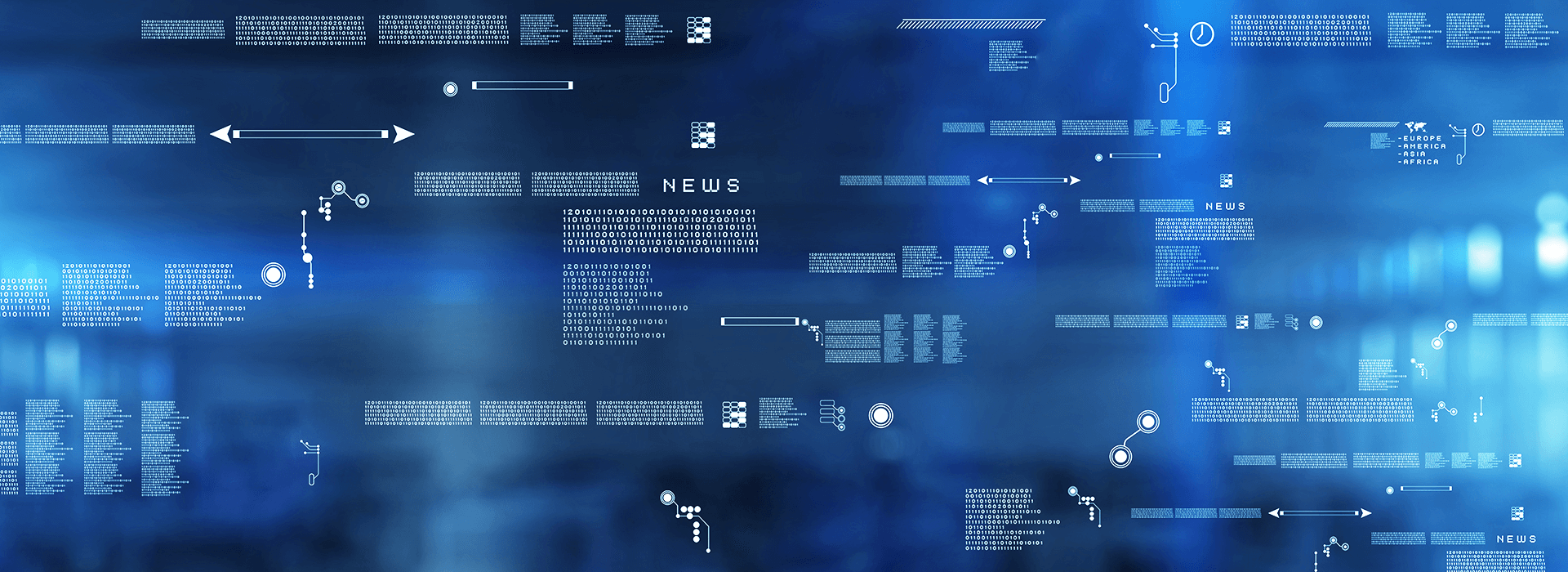In addition to the cookies necessary for the operation and smooth functioning of our website, fortiss (see Imprint) uses marketing cookies to analyse and improve the website content. With the help of these cookies, user flow can be analyzed and assessed through pseudonymized data from website users. The types of cookies are described in the Privacy Policy. There you can change your consent at any time.
